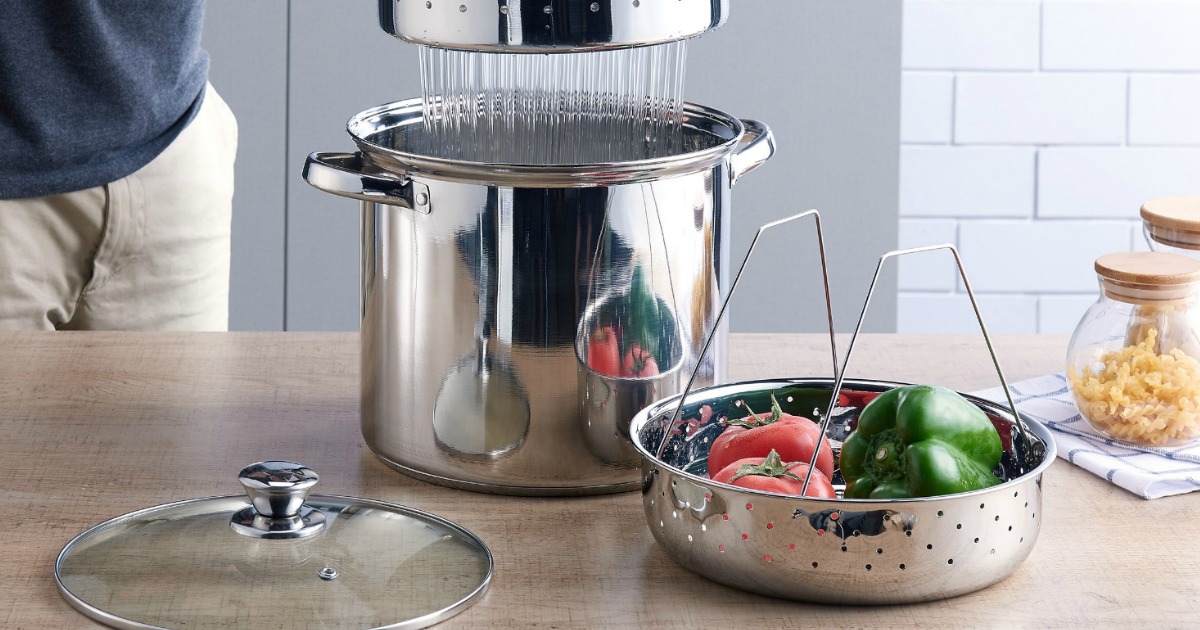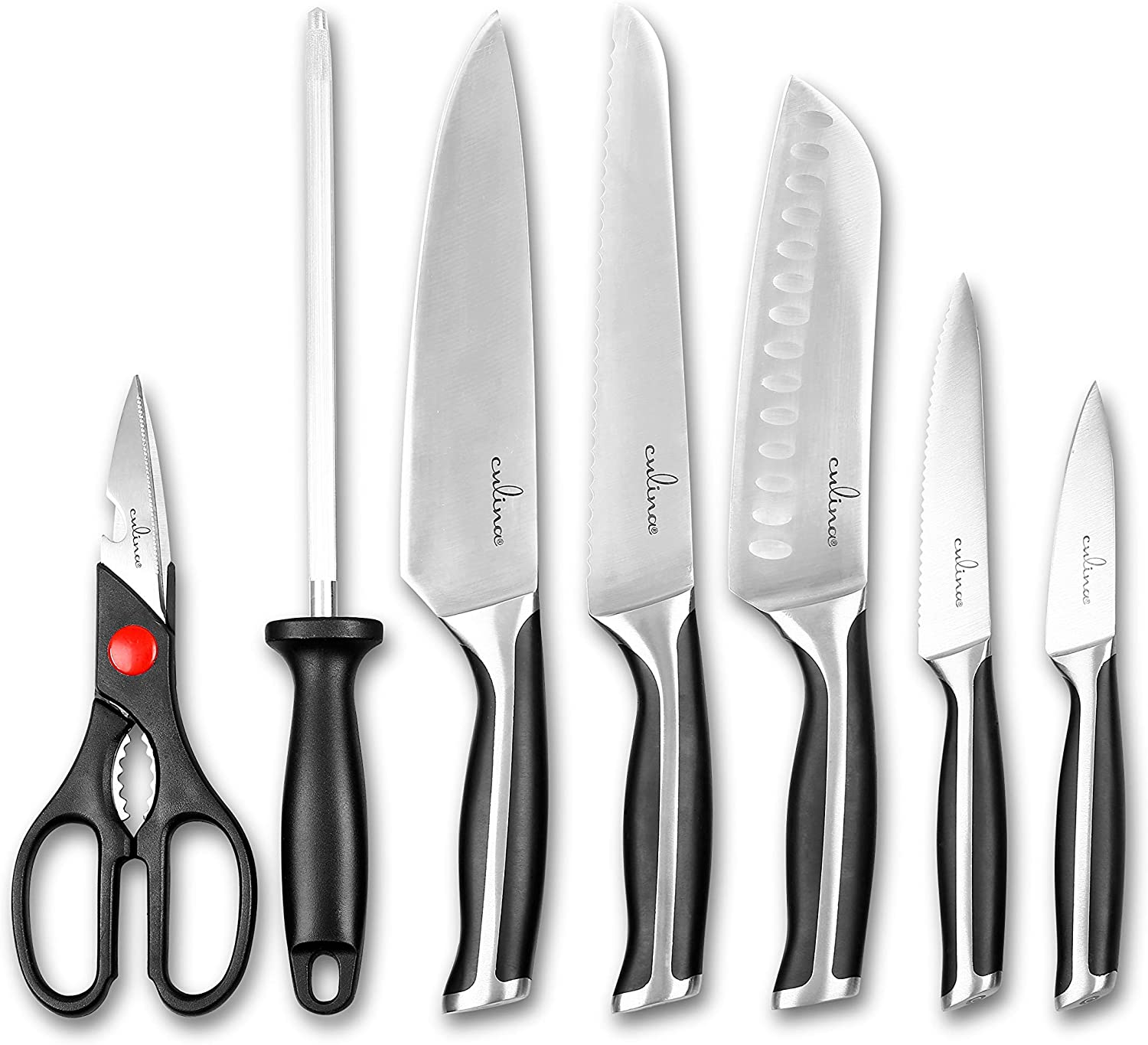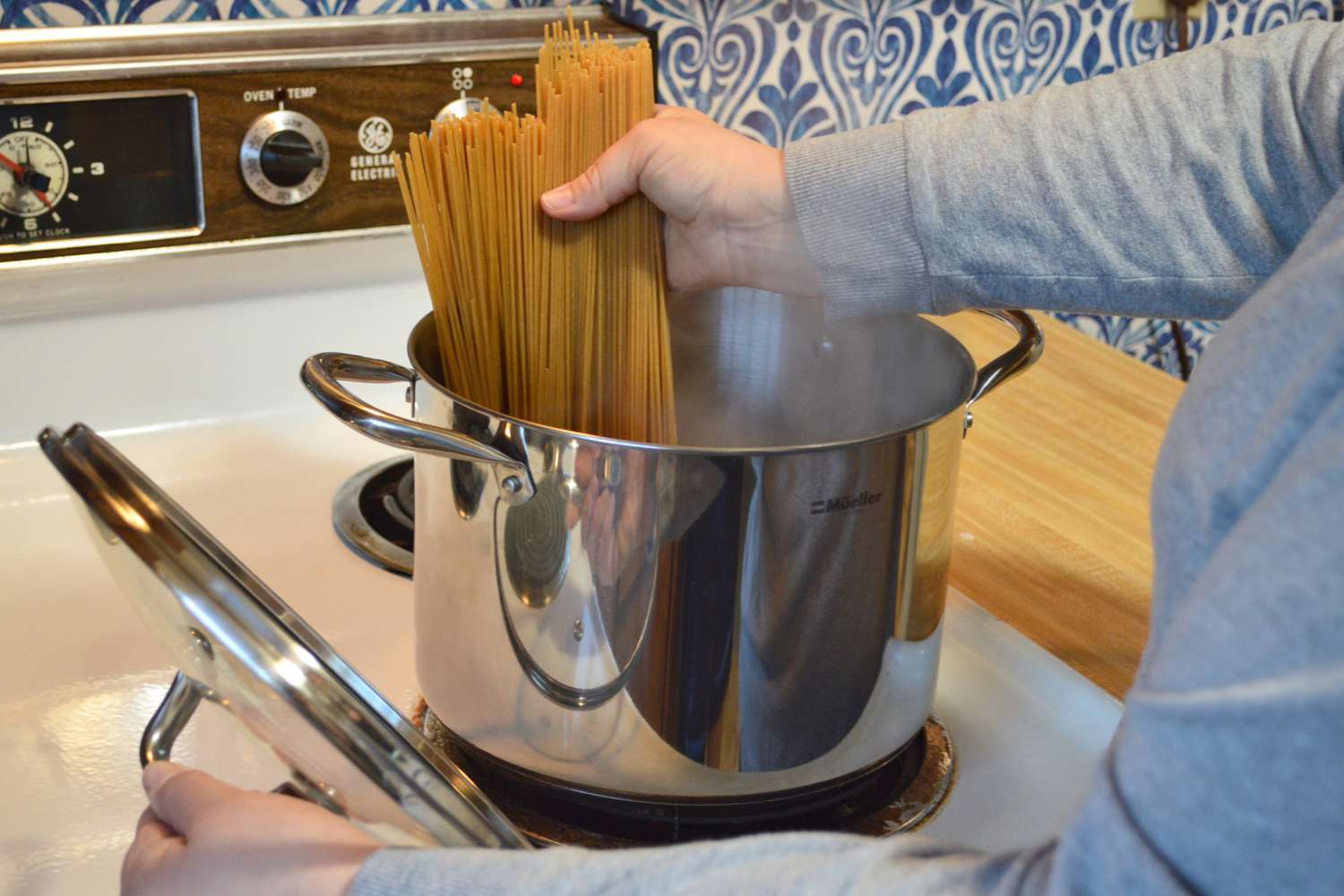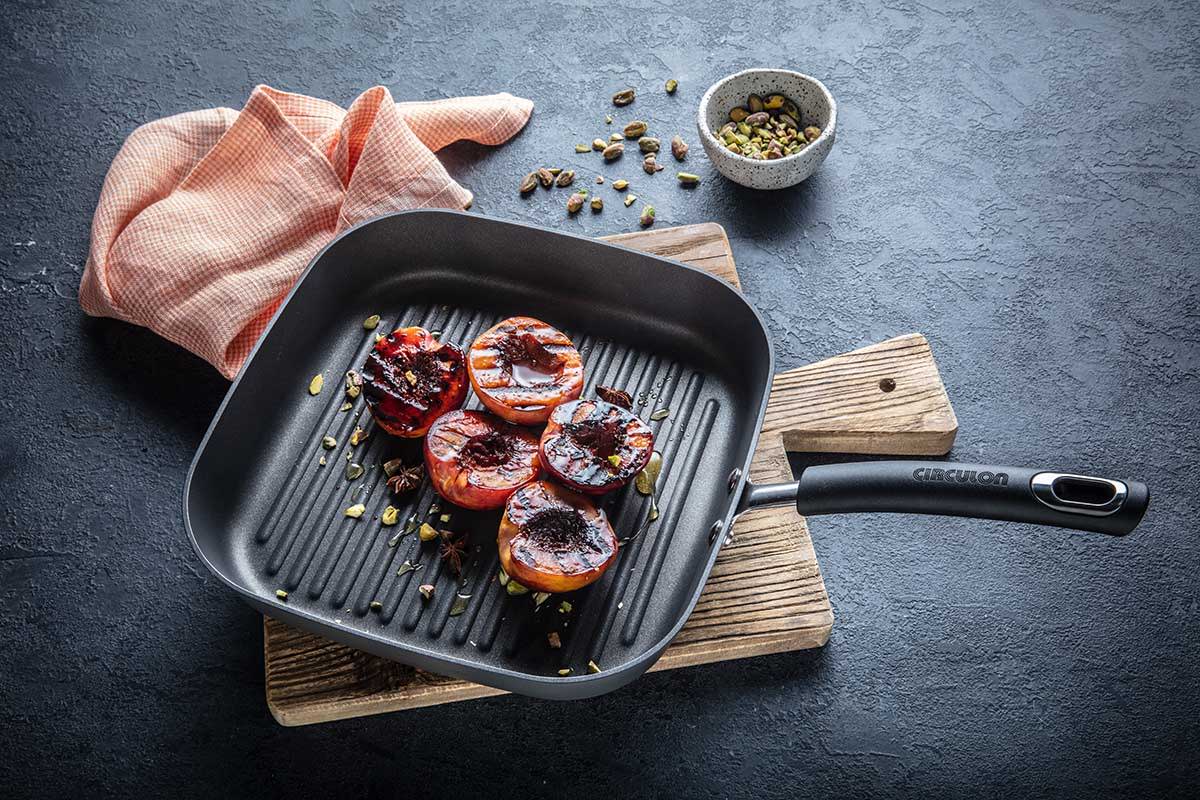Cleaning a stock pot is an essential skill for kitchen professionals. Given the size and materials of typical stock pots, these cleaning tips will help you maintain their longevity and functionality.
In this article, we will delve into the various methods and tools necessary for effectively cleaning a stock pot. Whether you're dealing with stains, grease, or burnt-on food, weve got you covered with realistic techniques to keep your stock pot looking brand new.

Understanding Your Stock Pot
Before diving into the cleaning methods, it is crucial to understand what a stock pot is and its uses in the kitchen. Stock pots are often made from materials such as stainless steel or aluminum, each requiring different cleaning approaches.
Stock pots are a staple in both restaurant and home kitchens, ideal for making broth, soups, and sauces. To know more about the various purposes and sizes of stock pots, check out how big is a stock pot.

Common Challenges in Cleaning Stock Pots
Cleaning these large pots can be challenging due to their size and shape. Some common issues you might face during cleaning include:
- Stuck-on Food: Residue from previous meals can cling stubbornly to the surface.
- Greasy Residue: Oil splatters can make stock pots greasy and unpleasant.
- Discoloration: Certain foods can stain your pot over time.

Step-by-Step Guide on How to Clean a Stock Pot
1. Gather Necessary Supplies
Before you begin, ensure you have the following supplies handy:
- Dish Soap: Mild liquid soap will do the trick.
- Sponge or Scrub Pad: Use non-abrasive options to prevent scratching.
- Baking Soda: Perfect for tackling tough stains and odors.
- White Vinegar: Acts as a natural cleaner and deodorizer.
- Soft Cloth: For drying your pot after washing.
2. Soak the Stock Pot
If you are faced with baked-on food, fill the stock pot with warm water and add a few drops of dish soap. Let it soak for at least 30 minutes. This step will help loosen any stubborn residue.
3. Scrub the Interior
Using your non-abrasive sponge, scrub the interior surface gently. Pay attention to corners and hard-to-reach areas. If you find stuck-on food, consider sprinkling some baking soda on it to create a gentle abrasive that can help lift the food particles.
4. Tackle Stains
For discoloration or stains, make a paste using equal parts baking soda and water. Apply it to the stained areas and let it sit for 15-20 minutes, then scrub gently.
5. Rinse Thoroughly
After scrubbing away all the grime, rinse the stock pot with warm water to remove any soap or residue. Ensure that no baking soda paste remains inside.
6. Dry Completely
After rinsing, use a soft cloth to wipe the inside and outside of the pot. This helps prevent water spots and rust, especially if your pot is made of metal.

Tips for Maintaining Your Stock Pot
To avoid intensive cleaning sessions, consider these maintenance tips:
- Regular Cleaning: Clean the pot after every use to prevent buildup.
- Avoid High Heat: Using high heat can discolor the pot and make cleaning harder.
- Use Soft Utensils: Avoid metal utensils that can scratch the surface.
What Not to Do When Cleaning Your Stock Pot
Keep the following in mind to avoid damaging your stock pot:
- Avoid using abrasive cleaners or harsh chemicals.
- Do not put a hot pot in cold water, as it may warp.
- Never use steel wool or scouring pads.
Frequently Asked Questions
1. Can I use a dishwasher to clean my stock pot?
While some stock pots are dishwasher-safe, it is generally advisable to hand wash to preserve their quality.
2. What is the best way to remove stubborn stains?
A baking soda paste effectively removes stubborn food stains from stock pots.
3. How can I prevent rust on my stock pot?
Make sure to dry your pot thoroughly after cleaning and store it in a dry place.
Linking it All Together
If you want to delve deeper into how stock pots function in culinary applications, consider reading up on what a stock pot does.
For more information on maintaining your cookware quality, you may find it beneficial to visit what is a stock pot.
While cleaning may seem tedious, maintaining your stock pot will save you time and effort in the long run.
As an Amazon Associate, I earn from qualifying purchases.





Leave a comment
This site is protected by hCaptcha and the hCaptcha Privacy Policy and Terms of Service apply.